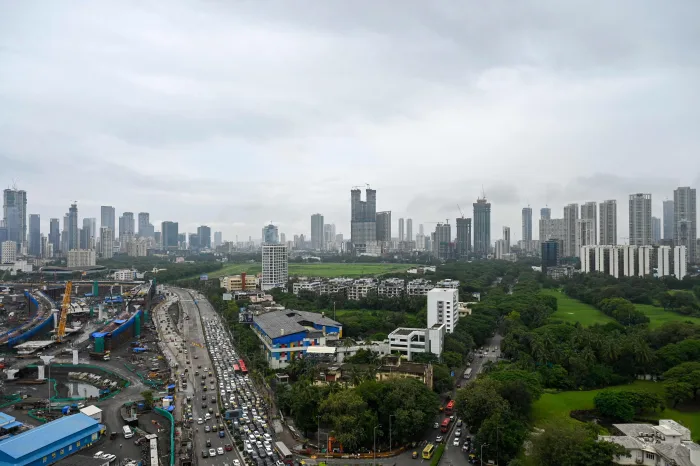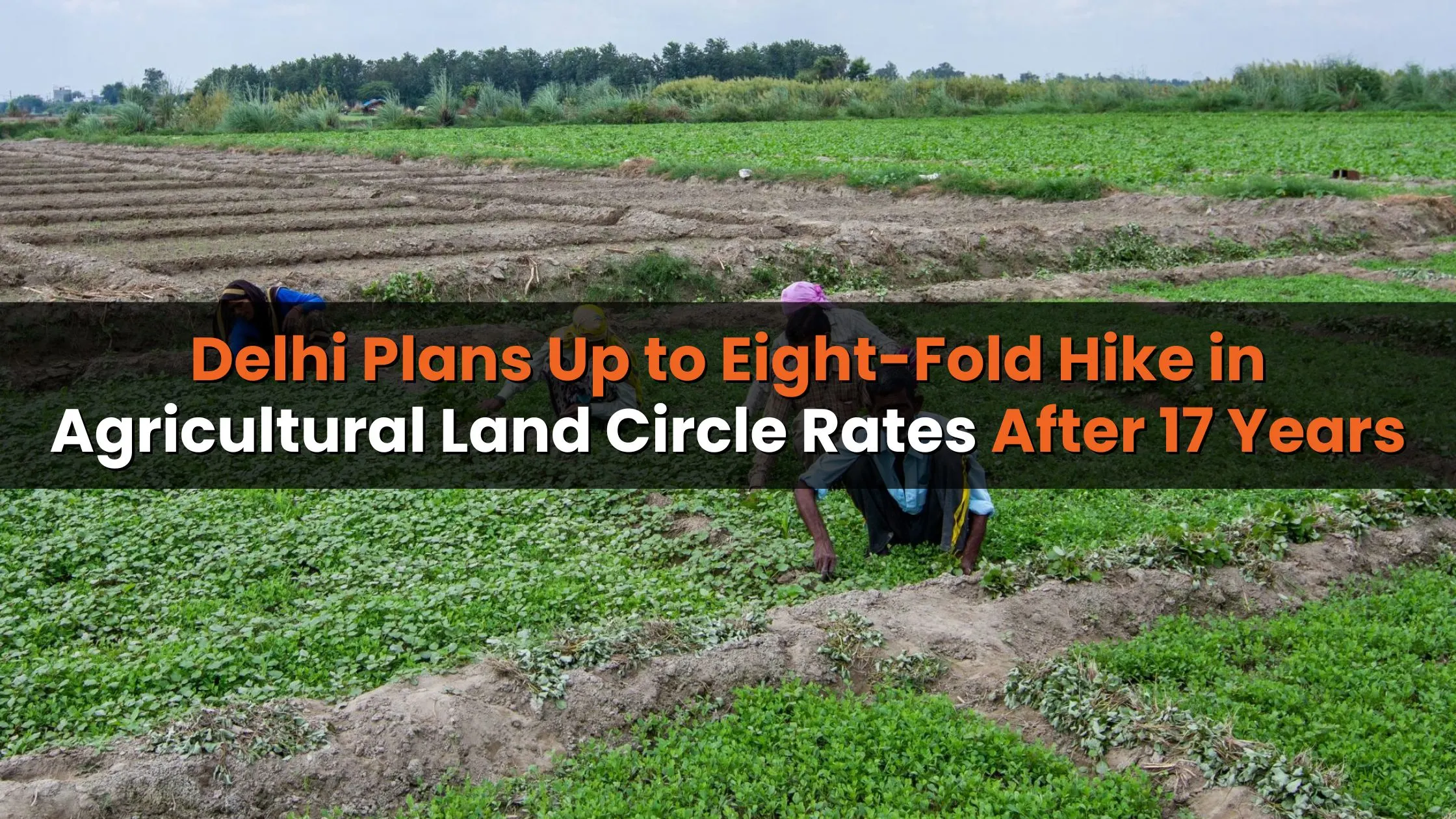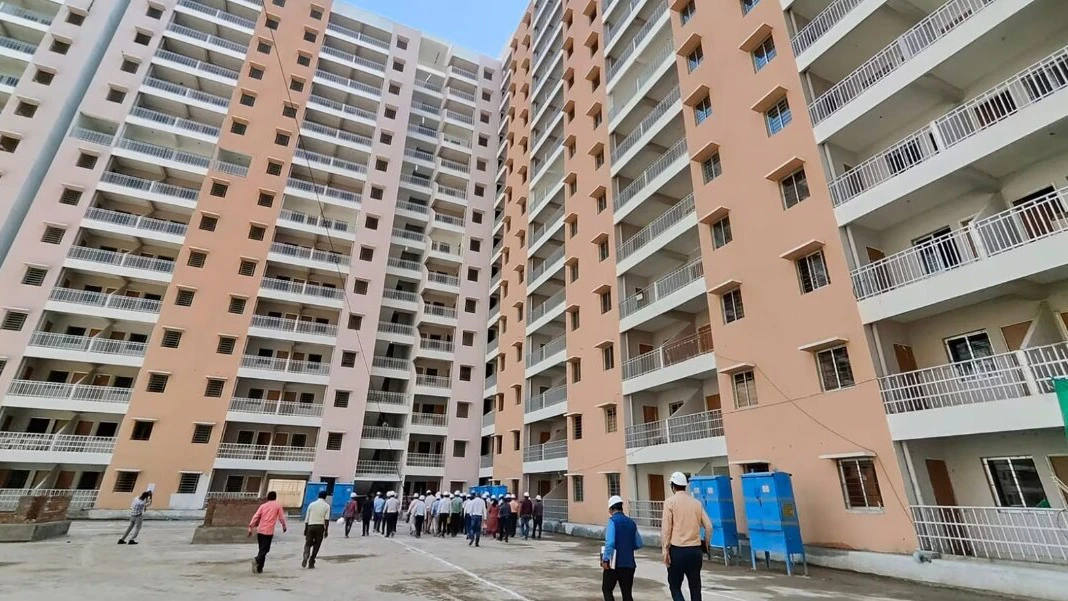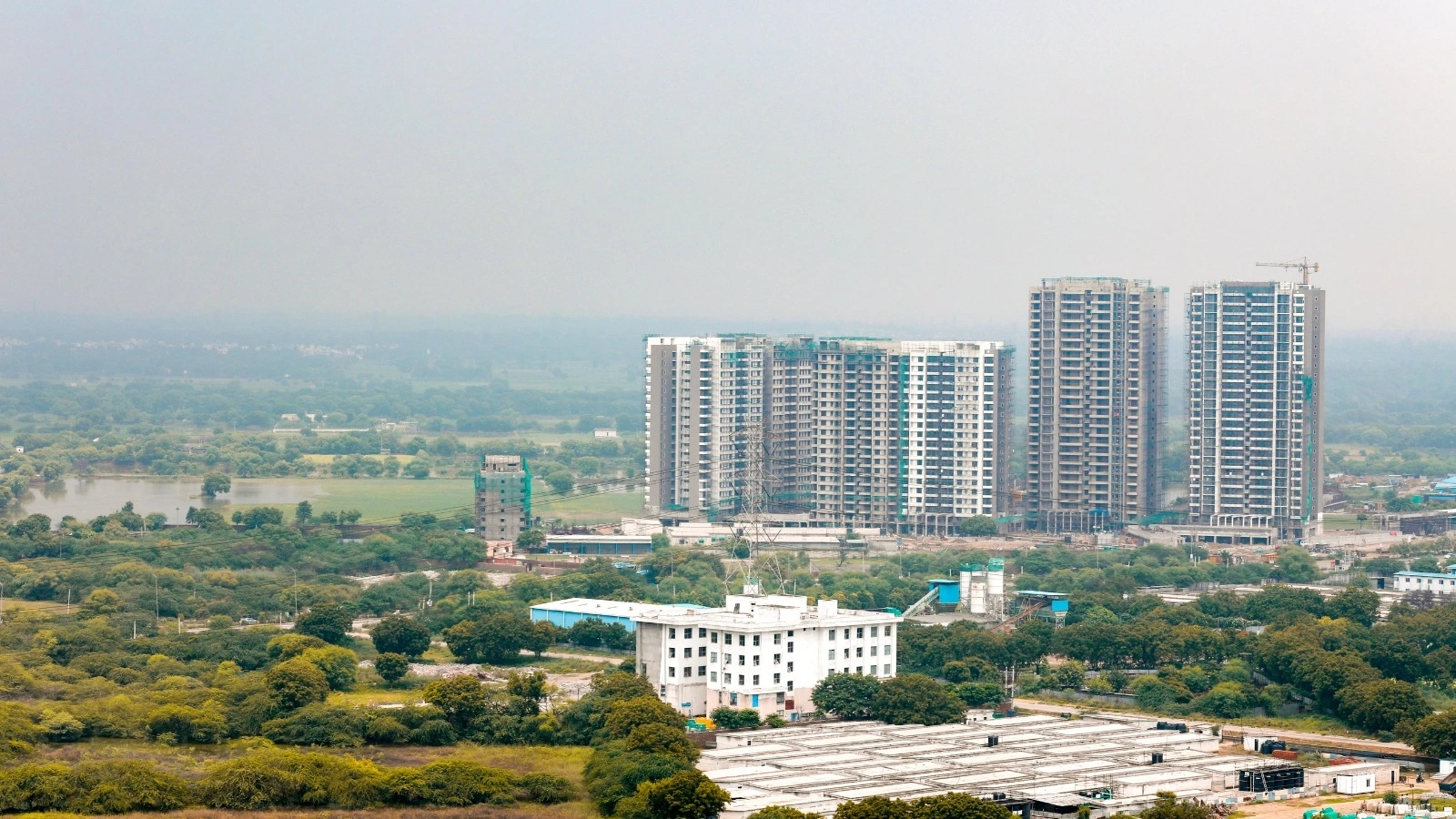Table of Content
- City-Wise Performance Overview
- New Launches and Supply Trends
- Macroeconomic Backdrop and Market Sentiment
- Premium Housing Segment Trends
- NCR: Leader in Price Growth
- Developer Strategies and Market Adaptations
- Expert Insights and Industry Commentary
- Outlook for India’s Top Eight Housing Markets
- Conclusion
The Indian residential real estate market continues to demonstrate resilience as sales across India’s top eight housing markets remained steady in Q3 2025. A total of 87,603 residential units were sold during the quarter, reflecting a modest 1% year-on-year (YoY) growth, according to a report by Knight Frank released on October 7. Prices in key markets continued to rise, with the National Capital Region (NCR) leading price growth at 19%, followed by Bengaluru at 15%, Hyderabad at 13%, and Mumbai at 7%.
Despite uncertainties in global markets and concerns of potential corrections, India’s residential sector has shown remarkable stability. Rising demand in the premium and luxury segments, combined with supportive macroeconomic conditions, contributed to sustained sales and pricing trends in Q3 2025.
City-Wise Performance Overview
Breaking down sales by city, Mumbai remained the largest housing market among India’s top eight housing markets, with 24,706 units sold (+2% YoY), accounting for nearly 28% of total sales in Q3. Despite a modest growth rate, the city’s sheer volume of transactions underscores its continued dominance in the national housing sector.
Chennai emerged as the fastest-growing market in terms of sales, witnessing a 12% YoY increase to 4,617 units, marking its strongest quarterly performance since the post-pandemic recovery. Steady infrastructure developments, metro connectivity expansions, and active new project launches contributed to this growth.
NCR and Bengaluru maintained stable sales volumes, with 12,955 units sold in NCR and 14,538 units in Bengaluru. These regions continue to attract high demand for premium residential properties, supporting price growth. Pune, on the other hand, recorded a decline in sales of 8% YoY, reflecting local market adjustments and tightening supply conditions.
Other markets among India’s top eight housing markets, including Hyderabad, Kolkata, and Ahmedabad, displayed moderate sales activity, ensuring overall stability across the key metropolitan regions.
Also Read: Maharashtra Government Approves Slum Cluster Redevelopment Scheme for Mumbai
New Launches and Supply Trends
New residential launches across India’s top eight housing markets totaled 88,655 units in Q3 2025, showing a slight 2% YoY decline. Growth in new supply was concentrated in Chennai (+44% YoY) and Bengaluru (+28% YoY), driven by rising demand for well-planned housing projects in these cities.
Mumbai and NCR, however, witnessed declines in new launches (-19% YoY each), restricting overall additions in the top eight markets. Developers in these regions are increasingly cautious, balancing supply with sustained demand for premium and luxury segments.
The trend suggests that while demand remains robust, developers are becoming selective with new launches, particularly for mid-ticket homes, reflecting evolving market dynamics and strategic portfolio management.
Macroeconomic Backdrop and Market Sentiment
Q3 2025 sales performance has been bolstered by a stable macroeconomic environment. Inflation eased to 2.07% in August 2025, down from 3.65% a year ago. Additionally, the Reserve Bank of India (RBI) raised its FY 2026 GDP growth forecast to 6.8%, while repo rates remained 1% lower compared to end-2024.
These factors have enhanced liquidity in the housing market, bolstering buyer confidence and encouraging residential transactions. Fiscal incentives, tax simplifications, and supportive financing schemes have further strengthened market sentiment across India’s top eight housing markets.
This combination of macroeconomic stability and buyer-friendly measures has ensured that sales remain steady despite anticipated corrections or external uncertainties.
Premium Housing Segment Trends
A notable trend across India’s top eight housing markets is the growing preference for premium and luxury homes. Over 50% of Q3 sales now fall in the premium segment, i.e., properties priced above ₹1 crore. The ₹1–2 crore segment led this growth, registering 17% YoY increases, while ultra-luxury homes in the ₹10–20 crore range surged by 170% YoY.
This shift is indicative of changing buyer aspirations, with a marked preference for larger, better-quality residences. Bengaluru dominated sales in the ₹1 crore+ category, accounting for 38% of total transactions, followed by Mumbai and Hyderabad at 3% each.
Conversely, the share of homes priced below ₹50 lakh has declined sharply, from 54% in Q3 2018 to just 20% in Q3 2025. This demonstrates a clear migration toward higher-value homes across metro cities.
NCR: Leader in Price Growth
NCR emerged as the top performer in terms of price appreciation, recording a 19% YoY increase, followed by Bengaluru (+15%), Hyderabad (+13%), and Mumbai (+7%). This growth is primarily driven by high demand for premium residential properties, limited availability of centrally-located land, and the development of upscale residential projects.
In the higher price brackets, NCR dominated sales in both the ₹2–5 crore and ₹5–10 crore categories, reflecting strong investor and end-user interest. Mumbai, meanwhile, maintained leadership in the ₹20–50 crore segment and continued to witness ultra-luxury ₹50 crore+ sales alongside NCR.
The robust price growth in NCR highlights the attractiveness of the region for buyers seeking premium and luxury housing, contributing significantly to the overall performance of India’s top eight housing markets.
Developer Strategies and Market Adaptations
Developers across India’s top eight housing markets have adopted innovative strategies to sustain demand amid rising prices. Many are offering bank tie-ups, subvention schemes, and extended financing options to make premium homes more accessible.
Despite expectations of a market correction, residential prices have remained range-bound yet resilient, particularly in the premium segment. This resilience is partly due to focused policy measures, strategic launches, and growing end-user confidence in high-value properties.
Industry experts suggest that while premium housing continues to thrive, developers should also explore affordable housing options, as growth potential in the luxury segment may be limited in the near term.
Also Read: DDA to Hand Over 1,400 Flats at Kathputli Colony by March
Expert Insights and Industry Commentary
Shishir Baijal, Chairman and Managing Director of Knight Frank India, noted, “India’s residential market in Q3 2025 has demonstrated an impressive ability to sustain momentum. The market is now in its fifth year of an upcycle, and while YoY growth is beginning to rationalize, stability across premium segments remains strong.”
Gulam Zia, Senior Executive Director, Research & Advisory, Knight Frank India, added, “Sales have risen marginally in Q3 despite concerns about a slowdown. Some cracks are appearing in luxury and ultra-luxury demand, but overall, end-user confidence remains high due to rate cuts and improved liquidity.”
These expert insights underline the durability of India’s top eight housing markets amid changing market dynamics and evolving buyer preferences.
Outlook for India’s Top Eight Housing Markets
Looking ahead to Q4 2025 and beyond, India’s top eight housing markets are expected to continue their focus on premium and affordable housing, with selective launches in the luxury segment.
Policy support, low interest rates, and simplified financing mechanisms are likely to sustain demand. Cities like Chennai and Bengaluru are expected to lead in new supply, while Mumbai and NCR may consolidate premium inventory, reflecting a mature and evolving housing ecosystem.
Developers are anticipated to maintain a balanced approach, catering to evolving buyer aspirations while ensuring sustainable growth and market stability.
Conclusion
In summary, Q3 2025 saw steady sales of 87,603 units across India’s top eight housing markets, with NCR leading price growth at 19%. Premium housing accounted for over half of all transactions, indicating a shift toward larger, higher-quality homes.
While some markets such as Pune experienced slight declines, the overall residential sector remained resilient, underpinned by supportive macroeconomic conditions, financing innovations, and buyer-focused measures.
India’s top eight housing markets continue to evolve, reflecting growing urban aspirations, strategic developer initiatives, and sustained demand for premium and luxury homes. Buyers and investors should closely monitor these trends while making informed decisions, as the housing landscape in India moves toward a blend of quality, value, and long-term growth.








_1766133697.webp)
Ans 1. A total of 87,603 units were sold, reflecting a modest 1% YoY growth.
Ans 2. The National Capital Region (NCR) recorded the highest price growth at 19% YoY, followed by Bengaluru (15%), Hyderabad (13%), and Mumbai (7%).
Ans 3. Mumbai remained the largest market with 24,706 units sold, accounting for nearly 28% of total Q3 sales.
Ans 4. Chennai witnessed a 12% YoY increase, marking its strongest quarterly performance post-pandemic.
Ans 5. New launches totaled 88,655 units, a slight 2% YoY decline. Chennai (+44%) and Bengaluru (+28%) saw significant growth, while Mumbai and NCR experienced declines (-19% each).
Ans 6. Over 50% of Q3 sales were in the premium segment (₹1 crore+), with the ₹1–2 crore category growing 17% YoY and ultra-luxury homes (₹10–20 crore) surging 170% YoY.
Ans 7. Homes priced below ₹50 lakh have declined sharply, from 54% in Q3 2018 to 20% in Q3 2025, indicating a shift toward higher-value residences.
Ans 8. Sales are supported by a stable macroeconomic environment, eased inflation (2.07% in Aug 2025), RBI’s higher GDP forecast (6.8%), low repo rates, fiscal incentives, and easier financing options.
Ans 9. Developers are using bank tie-ups, subvention schemes, and extended financing to sustain demand, while selectively launching premium and luxury projects.
Ans 10. Q4 2025 and beyond are expected to see continued focus on premium and affordable housing, selective luxury launches, and sustained demand due to policy support, low interest rates, and buyer confidence.